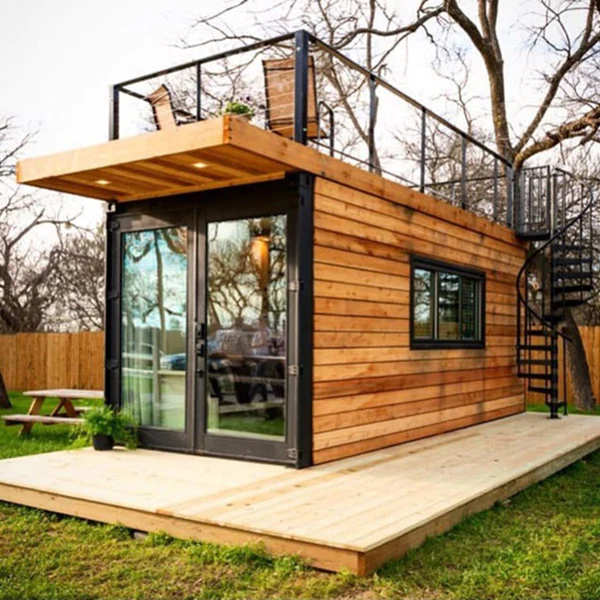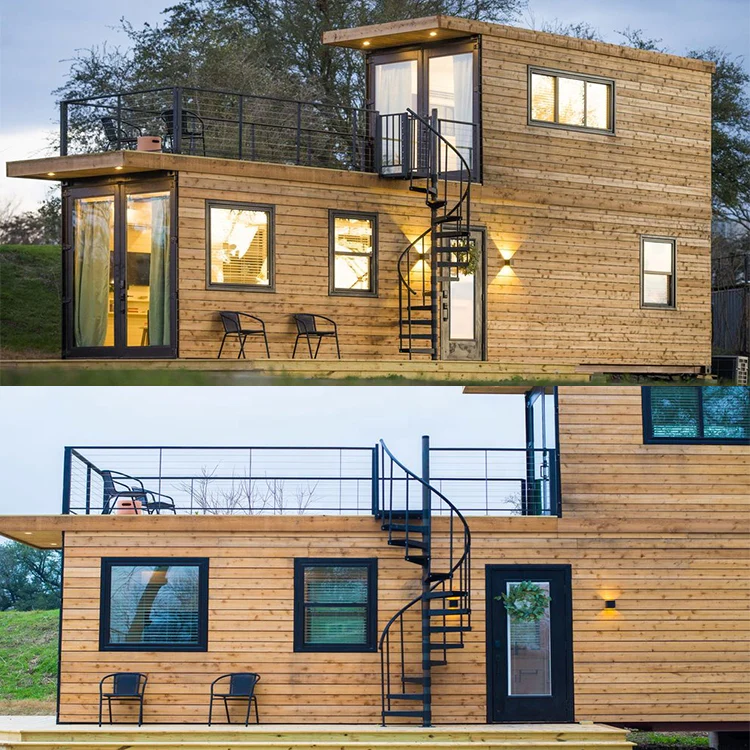
The concept of tiny homes has captured the attention of people seeking a simpler, more sustainable way of life. These diminutive dwellings, often ranging from 100 to 400 square feet, challenge the traditional notion of housing size and are heralded as a potential solution to various contemporary issues. However, as the tiny home movement gains momentum, a fundamental question emerges: Are tiny homes a genuine answer to sustainable living or merely a fleeting trend?
Tiny homes, characterized by their efficient use of space and minimalist design, have become a symbol of the pursuit of a more environmentally friendly and financially conscious lifestyle. Proponents argue that the reduced carbon footprint associated with tiny homes is a key factor in addressing the challenges of climate change. The minimized energy consumption required for heating, cooling, and lighting these compact spaces aligns with the principles of sustainable living. Furthermore, tiny homes often encourage a downsizing of material possessions, emphasizing experiences over possessions and fostering a culture of mindful consumption.

